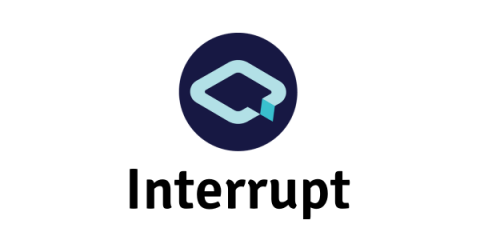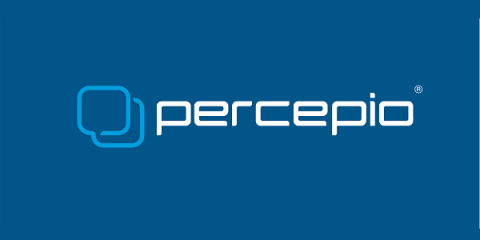IoT Update Management: Stay Ahead of Security Risks
Internet of Things (IOT) technology has become an integral part of our lives, powering everything from smart homes to advanced business operations. With 18 billion connected IoT devices projected by the end of 2024, its importance is undeniable. But while IoT opens doors to innovation, replacing these devices can be expensive. That’s where IoT Update Management comes into play—ensuring your devices stay secure, functional, and cost-effective over time.










